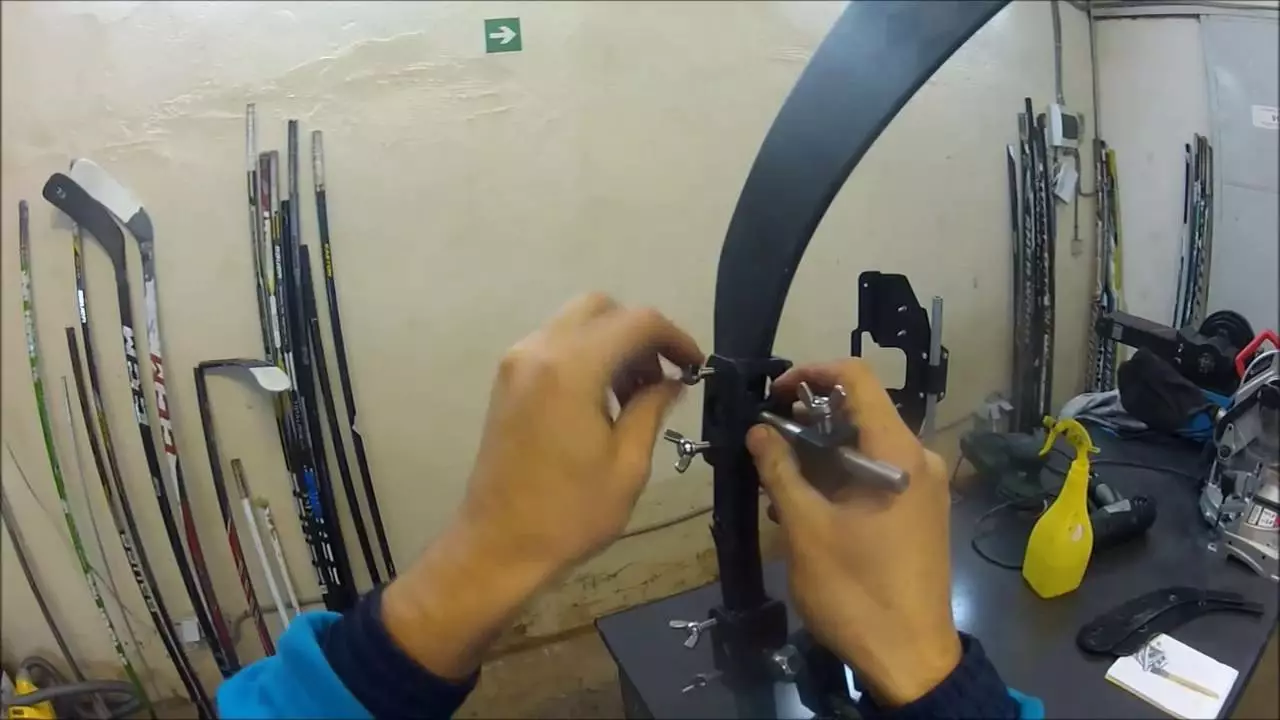Assessing the Damage: Is Your Hockey Stick Worth Fixing?
Before diving into the various ways to fix a broken hockey stick, it's important to first assess the damage and determine if it's even worth fixing. A small crack or a slightly damaged blade can often be repaired, but if your stick is broken in half or has multiple fractures, it may be time to consider investing in a new one.
Take a close look at the damaged area and evaluate whether it's safe to continue playing with the stick. If you're unsure, consult with a knowledgeable friend or a professional at a hockey store. Remember, playing with a broken stick can pose a risk to both you and other players on the ice, so it's crucial to prioritize safety above all else.
Using Fiberglass Cloth and Epoxy Resin for Durable Repairs
One of the most common methods to fix a broken hockey stick is by using a combination of fiberglass cloth and epoxy resin. This method is particularly effective for repairing cracks and splits in the shaft of the stick. Begin by sanding the damaged area to create a smooth surface for the repair materials to adhere to.
Next, cut a piece of fiberglass cloth to size, ensuring it's large enough to cover the entire damaged area. Apply a generous amount of epoxy resin to the cloth, and then carefully wrap it around the damaged area of the stick, making sure to smooth out any wrinkles or air bubbles. Allow the epoxy resin to cure according to the manufacturer's instructions, which may take anywhere from a few hours to a full day. Once the repair is fully cured, sand down any rough edges and finish with a clear coat of lacquer to seal and protect the repair.
Reinforcing Cracked Hockey Blades with Wooden Dowels
Another common issue with hockey sticks is a cracked or damaged blade. To repair a cracked blade, you can use a wooden dowel to reinforce the damaged area. Start by sanding the crack to remove any loose debris and create a smooth surface for the adhesive.
Next, apply a strong adhesive, such as epoxy, to the wooden dowel and insert it into the crack, ensuring a snug fit. Use clamps or tape to hold the dowel in place while the adhesive dries. After the adhesive has fully cured, remove the clamps or tape and sand down any excess adhesive.
To further reinforce the repair, you can also wrap the blade with fiberglass cloth and epoxy resin, following the same process outlined in the previous section. Once everything is fully cured and sanded smooth, finish with a clear coat of lacquer to protect the repair.
Utilizing Professional Hockey Stick Repair Services
If you're unsure about your ability to repair your broken hockey stick or if the damage is extensive, it may be worth considering professional repair services. Many hockey stores and specialty shops offer repair services that can fix a wide range of damages, from minor cracks to more significant breaks.
The advantage of using a professional service is that they have the tools, materials, and expertise needed to ensure a high-quality and durable repair. However, keep in mind that professional repairs can be expensive, and depending on the cost of your hockey stick, it may be more cost-effective to simply invest in a new one.
Preventing Future Breaks: Tips for Hockey Stick Maintenance
While some damage to hockey sticks is inevitable due to the nature of the sport, there are steps you can take to help prolong the life of your stick and prevent future breaks. Here are a few tips for maintaining your hockey stick:
1. Regularly inspect your stick for signs of damage, such as chips, cracks, or splinters. Address any issues as soon as they arise to prevent them from worsening.
2. Clean your stick after each use, removing any dirt, ice, or tape residue that could cause damage over time.
3. Store your stick in a cool, dry place, away from direct sunlight and extreme temperatures, which can weaken the materials.
4. Rotate between multiple sticks during games and practices, as this can help to spread out the wear and tear and extend the lifespan of each stick.
By following these simple maintenance tips, you can help to keep your hockey stick in top condition and potentially avoid the need for repairs in the future.
